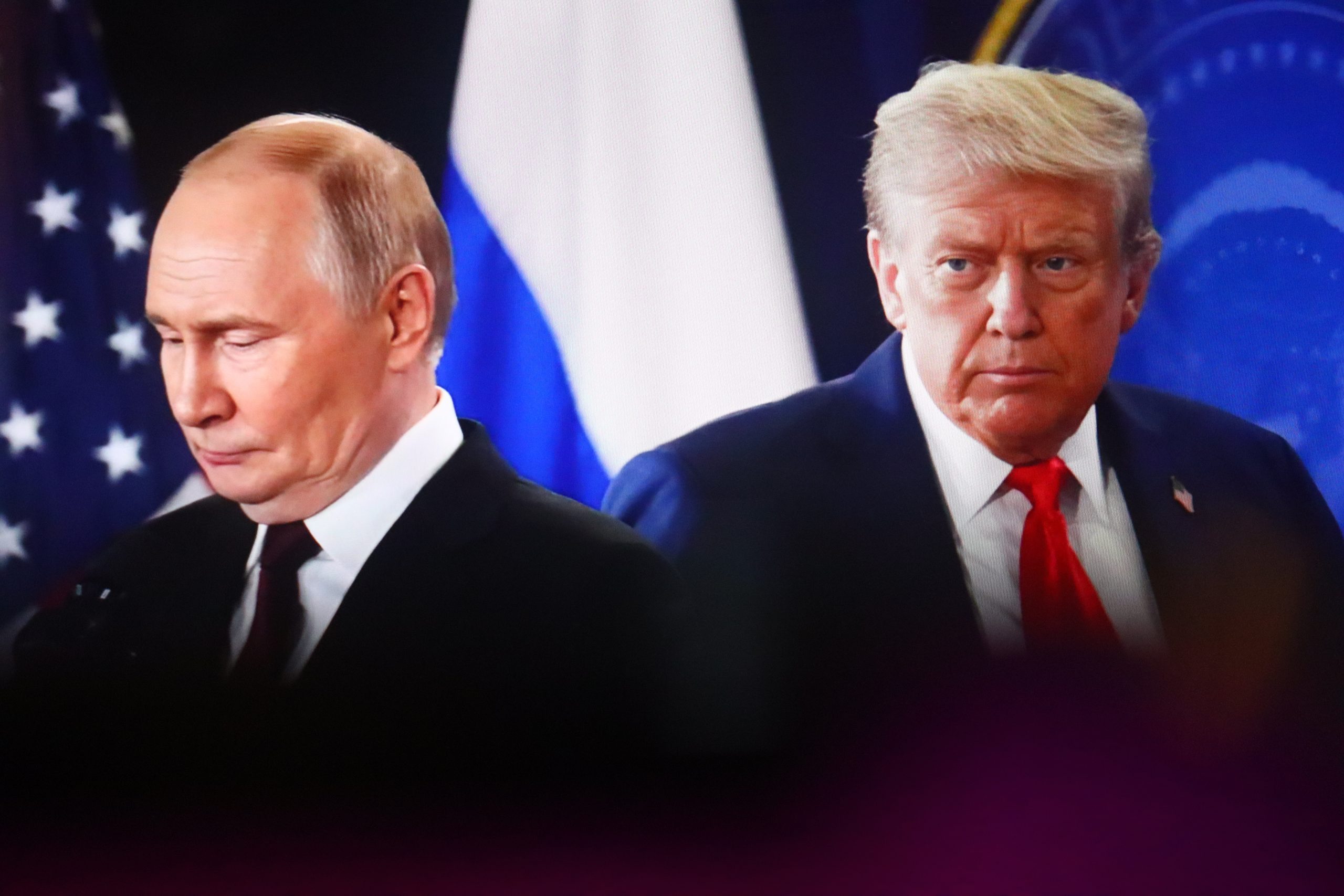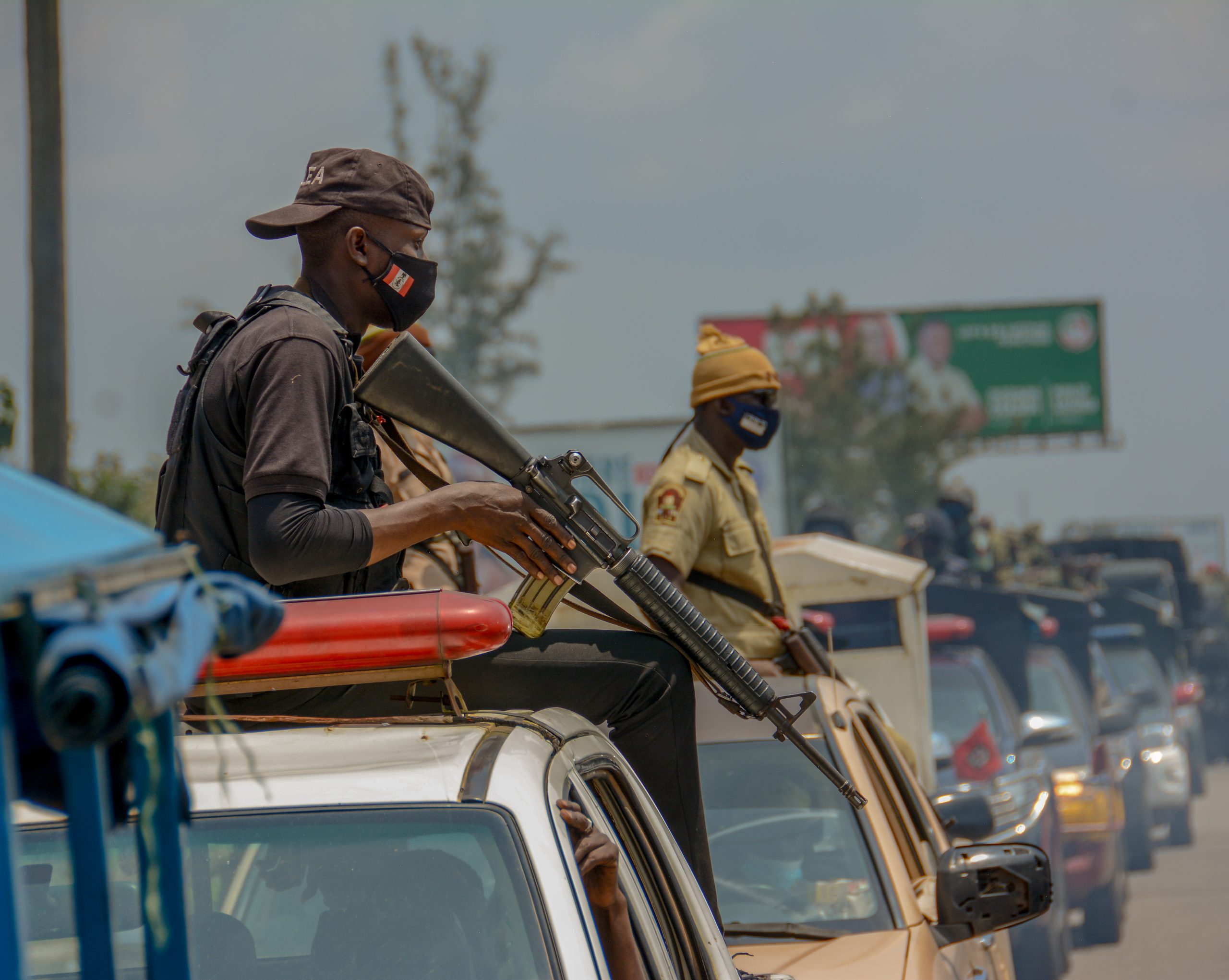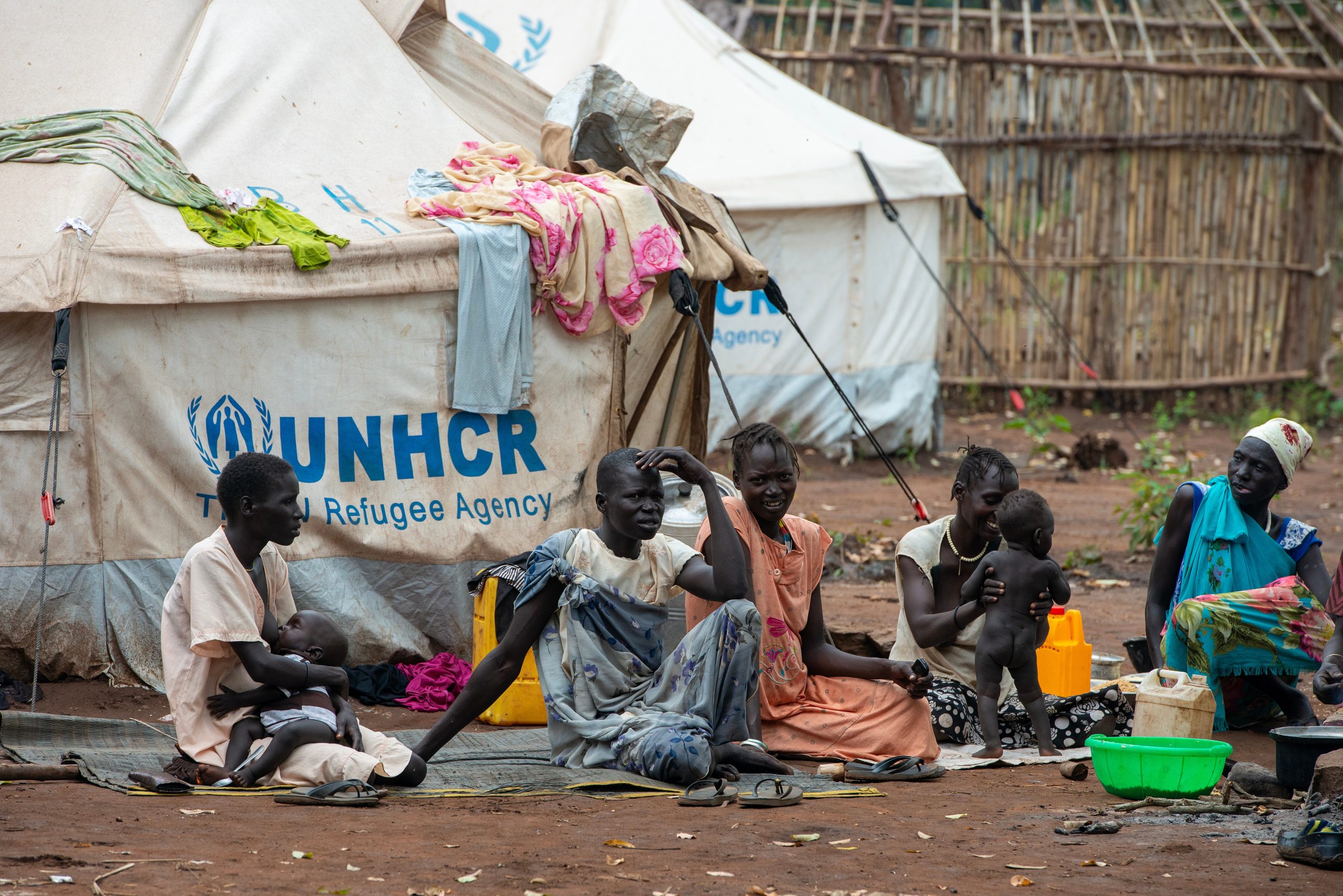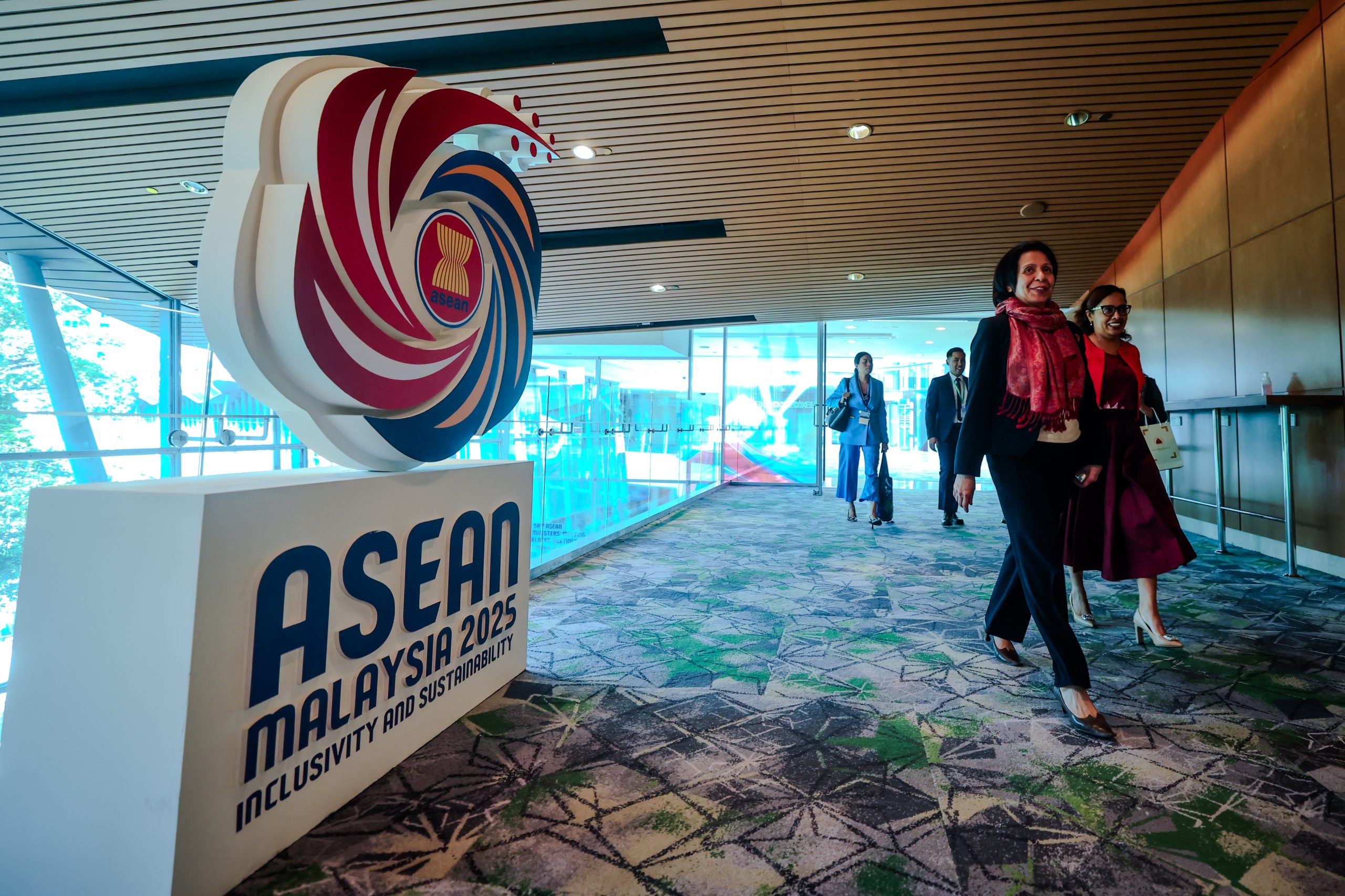
Since the conflict between the Rapid Support Forces (RSF) led by Mohamed Hamdan Dagalo (Hemedti) and the Sudanese Armed Forces (SAF) led by Abdel Fattah al-Burhan broke out on April 15th, 2023, the war has taken the lives of 13,000 people and forced over 9 million people into internal displacement. In addition, 25 million people – of whom 14 million children – are in dire need of humanitarian assistance. In the background of this catastrophic humanitarian situation, reports of human trafficking against women, girls, and children have been dramatically on the rise.
Over the course of the conflict, several UN agencies, experts, and international human rights organizations reported that girls in Sudan are facing sexual slavery and sexual exploitation, especially on part of the RSF and their allied militias. Through practices that remind of other recent conflicts, women and girls (including as young as 11 years old) have been reportedly sold at slave markets in areas controlled by the RSF and other armed groups.
Rates of child marriages (marriages or unions in which one or both parties are under 18 years old), early marriages (marriages or unions in which one or both parties have a compromised ability to grant consent), and forced marriages (marriages or unions in which one or both parties do not consent to enter the marriage) are also on the rise, as families resort to this harmful practice to protect their daughters from abuses. To make things worse, those practices are often accompanied by gender-based violence, including rape.
If girls are especially vulnerable to sex trafficking as well as child and forced marriages, boys are not immune to trafficking either. Despite previous warnings to both the SAF and the RSF, in fact, children continue to be recruited to participate in hostilities, especially throughout South Darfur. They may be recruited for deployment in active combat, but also in support roles such as cooking, porting, patrolling, and spying.
As those crimes are perpetrated throughout Sudan’s conflict areas, almost no response services are available to survivors. Deprived of access to medical care, psychosocial support, and other specialized services, girls, women, and boys who survive trafficking experiences remain unattended, forced to deal with the severe physical, psychological, and emotional consequences of their abuse with no care or redress.
Human trafficking in armed conflict
Far from being a phenomenon unique to the Sudanese conflict, human trafficking is most often prevalent in areas of conflict. First, human trafficking is used as a tactic of war. For instance, across the Colombian-Venezuelan border, armed groups including the National Liberation Army (ELN), the Martín Villa Front (a dissident group of the Revolutionary Armed Forces of Colombia, FARC), and the Patriotic Forces of National Liberation (PFNL) exercise control through forced labor, child recruitment, and sexual violence, among other abuses.
Warring parties may also use trafficking as part of their larger strategy of genocide or ethnic cleansing. For example, the Islamic State of Iraq and al-Sham (ISIS) used strategic enslavement against the Yazidi minority to eliminate their ethnic identity. Boko Haram also used human trafficking and sexual violence to “destroy the social fabric of society” in Nigeria.
Besides, human trafficking is used as a recruitment tool. For example, in Sri Lanka the Liberation Tigers of Tamil Eelam (LTTE) forcibly recruited children and adults, establishing that each family in LTTE-controlled territory had to “volunteer” at least one member to the group’s ranks. Most recently, ISIS used to promise enslaved women as servants, sexual partners, or wives for its fighters. Human trafficking can also be a strategy to generate revenues: Boko Haram used children as beggars to finance its operations and Sierra Leonese armed groups used civilians to gather food and fish or work on farms.
However, practices of trafficking in war zones can also be practiced by civilians as a harmful coping mechanism to deal with the poverty, insecurity, and uncertainty generated by the conflict. In the context of the current Yemeni war, for instance, child marriage has been used by families as a mechanism to protect girls from assault and keep boys away from armed groups.
Conclusion
As the conflict in Sudan continues, instances of human trafficking involving women, girls, and children are dramatically on the rise.
As called by the United Nations, the Peace and Security Council of the African Union, as well as international human rights organizations, all parties to the conflict should stop sexual violence, sexual enslavement, child soldiering, and other harmful practices of trafficking and exploitation. They should also launch credible investigations against those suspected of perpetrating these abuses, punish confirmed perpetrators, and offer adequate treatment and reparation to survivors.
However, neither the SAF nor the RSF (which has been deemed responsible for most trafficking episodes) seem committed to seriously investigating and prosecuting abuses and exploitations committed by their forces on the ground. Moreover, should Hamedti and Burhan finally develop greater commitment in this sense, their capacity to exert real control over all rank and file and all allied militias is open to question.
The truth is that as long as the conflict continues, the risk of vulnerable civilians being exploited in different forms of human trafficking seems destined to persist. As seen above, conflict-affected contexts are inevitably environments conducive to human trafficking: on the one hand, they offer unprecedented opportunities for criminals (individuals and networks) keen to derive material and personal benefits from the exploitation of others, on the other hand, they leave families deprived of hopes and resources, which makes harmful practices suddenly appealing.
It therefore seems that only a resolution to the current war will be truly able to address those conditions that are facilitating multiple forms of exploitation in Sudan. In this regard, inclusive political negotiations between the SAF, the RSF, allied militias, and civilian representatives (political parties, neighborhood resistance committees, traditional civil society organizations), accompanied by a humanitarian ceasefire, must resume urgently to reach a durable and sustainable peace in Sudan and the establishment of a civilian-led government.
However, human trafficking is a phenomenon with multiple and complex security ramifications. Therefore, regional and international powers should devote more attention and resources to combating human trafficking in the context of the Sudanese conflict. This should include obstructing and disrupting the criminal networks and armed groups that exploit conflict-related human trafficking, for instance through sanctions; sharing data more consistently and efficiently across governments and supra-governmental bodies on instances of human trafficking connected to the conflict; supporting prosecution efforts to ensure accountability for these crimes; and encouraging humanitarian organizations to incorporate anti-trafficking efforts into their activities in conflict-affected areas.
__________________________________
Orion Policy Institute (OPI) is an independent, non-profit, tax-exempt think tank focusing on a broad range of issues at the local, national, and global levels. OPI does not take institutional policy positions. Accordingly, all views, positions, and conclusions represented herein should be understood to be solely those of the author(s) and do not necessarily reflect the views of OPI.




